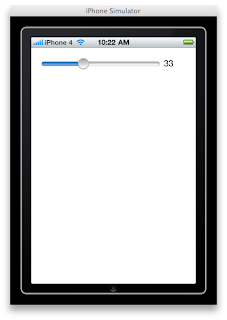Initially I wasn't too sure about the feel of them, they made the glass almost feel sticky, which was strange at first, but I got used to it. The instructions supplied were the best of any screen protector I've bought, the application fluid was also a nice touch.
The problems started with the Invisible Shield after a few months when the top corners of the front shield started to come unstuck, possibly triggered by me taking the phone in and out of cases (more on this later), eventually the problem became worse, as the corners got dust under them and wouldn't stick back down. This came to a head last weekend when I was down in London, the front shield managed to stick itself to itself, rather than my iPhone. In the end I just took it off, and was instantly reminded of how nice the glass screen on the iPhone 4 felt, even though I was slightly paranoid about scratching it. It may have been superficial, but I'm sure that the screen seemed sharper/brighter too.
When I got home I decided to fit one of the cheap eBay screen protectors I'd bought in anticipation of the iPhone arriving, but them I remembered that I'd got a free screen protector with the Cygnett Molecule Silicon Case
Some may be wondering why I feel the need to use both an Invisible Shield and a case, but it all honesty I'd rather just use a case, as when I'm in my car, the iPhone is in the centre console, so it can be hooked up to my car stereo and with the nature of my car (MX-5 with race suspension) it gets chucked around a fair bit. I'm also a little bit clumsy and even the best film protector won't protect from me, but I can't use my alarm clock dock with my phone in a case and sometimes cases are too bulky with certain trousers.
